Mastering Mercedes Pearl Effect Repair: A Comprehensive Guide
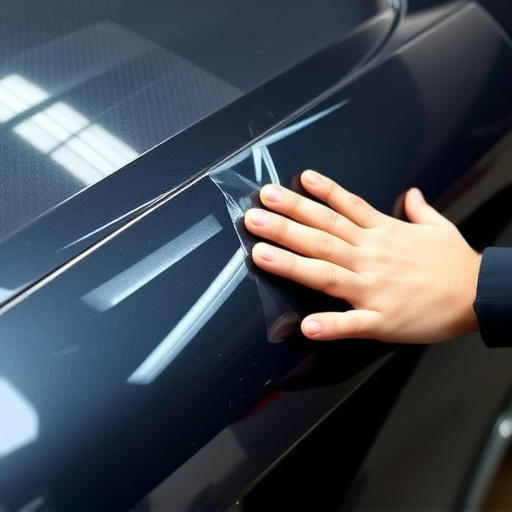
Mercedes pearl effect repair is a specialized service for restoring the luxurious, iridescent finish…….
Welcome to an in-depth exploration of the intricate world of Mercedes pearl effect repair, a specialized process that has captured the attention of automotive enthusiasts and professionals alike. This article aims to unravel the complexities of this advanced restoration technique, shedding light on its history, applications, global impact, and future potential. By delving into each facet, we will equip readers with a comprehensive understanding of why Mercedes pearl effect repair is not just a cosmetic enhancement but a significant development in the automotive industry.
Mercedes pearl effect repair is an art and science that involves restoring and enhancing the exterior paintwork of Mercedes-Benz vehicles, particularly to recreate or revive their iconic pearl metallic finishes. The ‘pearl effect’ refers to the unique iridescent sheen commonly seen on high-end automotive paints, resembling the lustre of a pearl. This intricate process requires meticulous attention to detail, utilizing specialized tools and techniques to achieve a flawless result.
At its core, this repair technique encompasses several key components:
Paint Analysis: The first step involves thoroughly examining the existing paintwork to identify damage, such as scratches, chips, or discolouration. This analysis is crucial in determining the extent of repair needed and choosing the appropriate restoration methods.
Sandling and Surface Preparation: Skilled technicians use fine-grit sandpaper to gently buff away damaged or deteriorated paint, preparing the surface for the next stage. This meticulous process ensures a smooth base for optimal paint adhesion.
Priming: A high-quality primer is applied to fill in any minor imperfections and create a uniform surface. This layer acts as a bonding agent, ensuring the new paint adheres securely.
Paint Matching and Application: The heart of the repair lies in matching the original pearl effect paint precisely. Technicians use advanced colour-matching technology to identify and replicate the exact shade, ensuring an invisible join between old and new paint. This step demands exceptional skill and a keen eye for detail. Once matched, the pearl paint is applied with precision, building up layers to achieve the desired depth and lustre.
Curing and Polishing: After application, the paint undergoes a curing process, allowing it to set and harden. Finally, a meticulous polishing step brings out the full brilliance of the pearl effect, ensuring a show-car finish.
Historically, Mercedes-Benz has been synonymous with luxury and precision engineering, setting high standards for automotive quality. The brand’s commitment to excellence extends to its paintwork, making pearl effect finishes a hallmark of its vehicles. As these cars age, proper maintenance and repair become essential to preserve their aesthetic value and integrity.
Mercedes pearl effect repair has transcended geographical boundaries, gaining popularity worldwide among Mercedes owners and automotive restoration professionals. This global appeal can be attributed to several factors:
| Region | Key Drivers | Market Dynamics |
|---|---|---|
| Europe | Strong Mercedes-Benz market share; advanced restoration infrastructure | Well-established restoration industry with strict quality standards |
| North America | Growing demand for luxury car restoration; access to original parts | Increasing popularity of classic Mercedes models, driven by nostalgia and collector’s interest |
| Asia Pacific | Rising middle class; affinity for premium brands | Rapidly growing automotive market with a focus on vehicle customization and restoration |
The trend towards personalized and premium vehicle restoration is driving the demand for Mercedes pearl effect repair. As cars become more than just transportation, owners are investing in meticulous detail to make their vehicles unique and aesthetically pleasing. This global phenomenon has led to the development of specialized restoration centres and training programs dedicated to this specific skill set.
The economic implications of Mercedes pearl effect repair extend far beyond the cost of materials and labour. This complex process significantly contributes to:
Automotive Industry Revenues: The global automotive restoration market, valued at USD 47.5 billion in 2021, is expected to grow at a CAGR of 6.5% from 2022 to 2030 (Source: Grand View Research). Mercedes pearl effect repair plays a pivotal role in this growth, with premium finishes driving market demand.
Job Creation and Skills Development: The restoration industry employs a skilled workforce, including paint technicians, restorers, and automotive engineers. The intricate nature of Mercedes pearl effect repair contributes to the development of specialized skills, fostering innovation and entrepreneurship within the sector.
Resale Value and Customer Satisfaction: Restored Mercedes vehicles with pristine pearl effect finishes command premium prices at resale. Customers are willing to invest in such restoration work due to its impact on overall vehicle value and driving experience.
The field of Mercedes pearl effect repair has witnessed significant technological breakthroughs, revolutionizing how restoration techniques are executed:
Advanced Colour-Matching Systems: Modern colour-matching technologies, such as spectrophotometers, allow for precise colour analysis and matching. These tools ensure accurate replication of the original pearl effect, even across different paint batches.
Computer-Aided Design (CAD) Software: CAD programs enable restorers to design and visualise restoration projects before commencement. This technology aids in planning complex repairs, ensuring optimal results.
Robotic Sanding and Painting: The introduction of robotics in sanding and painting processes has enhanced precision and efficiency. Robotic systems can replicate human skill levels while reducing labour costs and improving consistency.
Eco-Friendly Materials: There is a growing trend towards using environmentally friendly materials and solvents, aligning with sustainability goals within the automotive industry. These innovations reduce the ecological footprint of restoration work.
The global automotive industry is subject to stringent regulations, and Mercedes pearl effect repair is no exception. Key policies and regulatory frameworks govern this process, ensuring consumer safety, environmental protection, and product quality:
Vehicle Emission Standards: Restorers must comply with local emission regulations when repairing or restoring vehicles, especially in regions with strict pollution control measures.
Waste Management and Disposal: Proper disposal of automotive paint waste is mandatory in many countries to prevent environmental contamination. Restorers are responsible for adhering to hazardous waste management protocols.
Product Safety and Quality Assurance: Industries such as automotive restoration are subject to product safety standards, ensuring that materials and equipment used do not pose risks to technicians or end-users.
Training and Certification Programs: Many countries mandate specific training and certification for automotive restoration professionals, guaranteeing a certain level of skill and knowledge.
Despite its success, Mercedes pearl effect repair faces several challenges and criticisms that demand thoughtful consideration:
| Challenge | Potential Solutions |
|---|---|
| Skill Shortage: The highly skilled technicians required for this intricate work are in short supply globally. Addressing this through training programs and apprenticeships can ensure a steady pipeline of qualified restorers. | Develop comprehensive training curricula and collaborate with educational institutions to promote automotive restoration as a career path. |
| Cost Concerns: Restoration services can be expensive, making them inaccessible to some owners. Offering flexible payment plans or subsidizing certain repairs could increase accessibility. | Explore partnerships with insurance providers to cover restoration costs for specific cases, making it more financially viable for customers. |
| Counterfeit Parts and Materials: The availability of counterfeit paint and parts poses a significant challenge to maintaining quality standards. Stricter regulations and brand authentication measures are necessary. | Collaborate with automotive manufacturers to develop anti-counterfeiting technologies and establish clear guidelines for authentic parts sourcing. |
| Environmental Impact: The environmental footprint of restoration processes, particularly in terms of solvent usage and waste disposal, is a point of criticism. | Implement eco-friendly practices, such as water-based paints and advanced recycling programs, to minimise the ecological impact. |
Real-world applications of Mercedes pearl effect repair demonstrate its transformative potential. These case studies highlight successful restoration projects and the lessons learned:
Case Study 1: Restoring a Classic 1960s Mercedes-Benz:
A dedicated restorer was commissioned to revive the pearl metallic finish on a rare 1964 Mercedes-Benz 300SL. The project involved extensive research to match the original paint, as records from that era were limited. Through meticulous sandling and using advanced colour-matching techniques, the restorer achieved a flawless result, earning accolades at prestigious car shows. This case study exemplifies the importance of thorough research and technical expertise in pearl effect restoration.
Case Study 2: Luxury Car Rental Company’s Restoration Program:
A luxury car rental company recognised the growing demand for premium finishes and invested in a comprehensive Mercedes pearl effect repair program. They partnered with experienced restorers to offer on-site repairs, ensuring their high-end fleet remained in pristine condition. This strategy enhanced customer satisfaction, as clients were able to rent vehicles with consistently exceptional finishes.
The future of Mercedes pearl effect repair is brimming with opportunities and potential growth areas:
Sustainable Restoration: There is a growing push for eco-friendly restoration practices, including water-based paints, biodegradable solvents, and advanced recycling techniques. These innovations will shape the industry’s environmental sustainability.
Digitalisation and Virtual Reality: Digital technologies, such as 3D scanning and virtual reality, can revolutionise restoration by enabling precise digital replicas of vehicles. This approach facilitates remote consultations, design work, and even virtual ‘try-on’ experiences for customers.
Personalised Finishes: The trend towards personalisation will continue to drive demand for unique pearl effect finishes tailored to individual preferences. Customisation options, such as special effects paints and holographic finishes, may become more prevalent.
Global Market Expansion: With growing global affluence and a passion for luxury cars, the Mercedes pearl effect repair market is poised for expansion in emerging regions, particularly Asia Pacific and Latin America.
Mercedes pearl effect repair is not merely a cosmetic enhancement but a testament to human ingenuity and attention to detail. This intricate process has evolved into a global phenomenon, fostering innovation, employment, and economic growth. As the automotive industry continues to embrace sustainability and digital transformation, Mercedes pearl effect repair will remain a shining example of how tradition meets modern technology.
Q: How long does a Mercedes pearl effect repair job typically take?
A: The duration varies depending on the extent of damage and the vehicle’s size. Small repairs can be completed in a few days, while extensive restoration projects may take several weeks.
Q: Are there any DIY kits available for Mercedes pearl effect repair?
A: While some DIY kits exist, they are not recommended for achieving professional results. The process requires specialised tools, knowledge, and skills, making it best left to experienced technicians.
Q: Can I match the original pearl effect paint colour accurately?
A: Yes, with advanced colour-matching technology, restorers can precisely replicate the original shade, ensuring a seamless join between old and new paint.
Q: Are there any environmental concerns associated with this repair process?
A: As with any automotive restoration, there are environmental considerations. However, many modern practices focus on sustainability, using eco-friendly materials and solvents to minimise ecological impact.
Q: How do I know if a restoration centre is reputable?
A: Look for centres with certified technicians, positive customer reviews, and clear quality guarantees. Reputable restorers will also provide before-and-after comparisons and detailed work reports.

Mercedes pearl effect repair is a specialized service for restoring the luxurious, iridescent finish…….
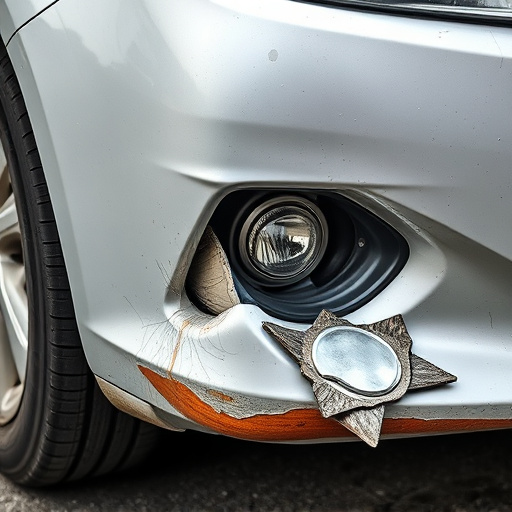
Mercedes pearl effect repair on rear quarter panels requires specialized tools and techniques due to…….

Mercedes pearl effect paint, renowned for its vibrant, iridescent finish caused by micro-metallic pa…….
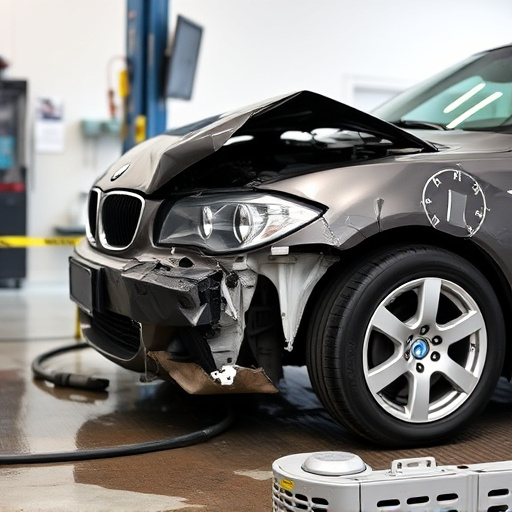
Mercedes pearl effect repair requires expert technicians and advanced equipment for precise applicat…….
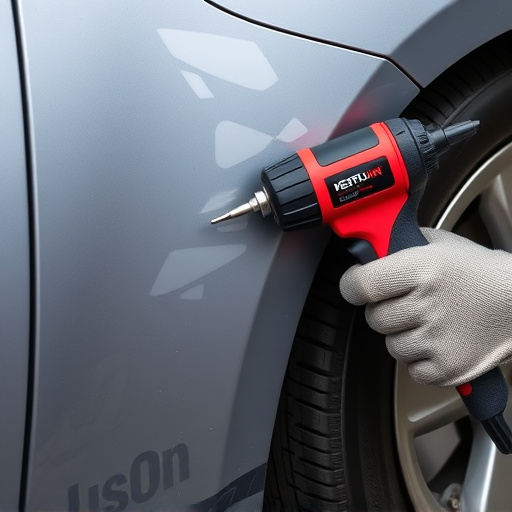
Choosing between OEM and aftermarket parts for Mercedes pearl effect repair significantly impacts th…….
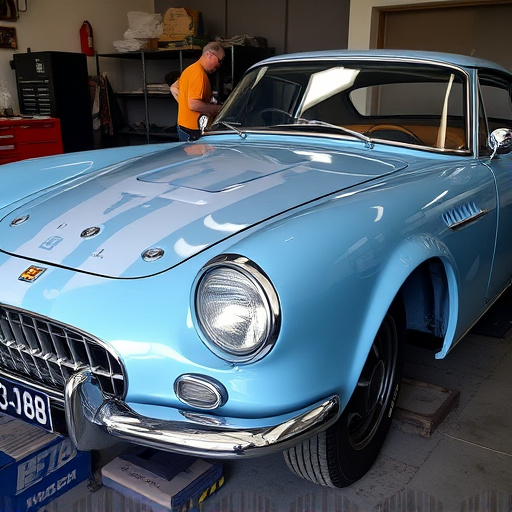
Mercedes pearl effect repair poses unique challenges due to its intricate design and finish. Skilled…….

Mercedes pearl effect paint, with its striking iridescence, requires specialized care for repairs. S…….
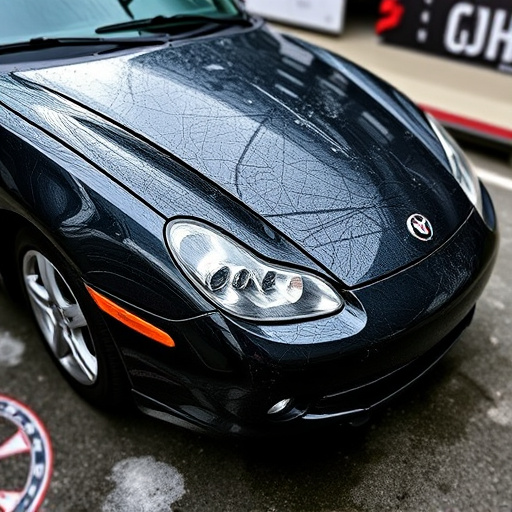
Mercedes pearl effect repair is a specialized process for restoring and protecting the glossy, metal…….

Mercedes pearl effect repair is a specialized service for restoring damaged pearl-coated Mercedes ve…….